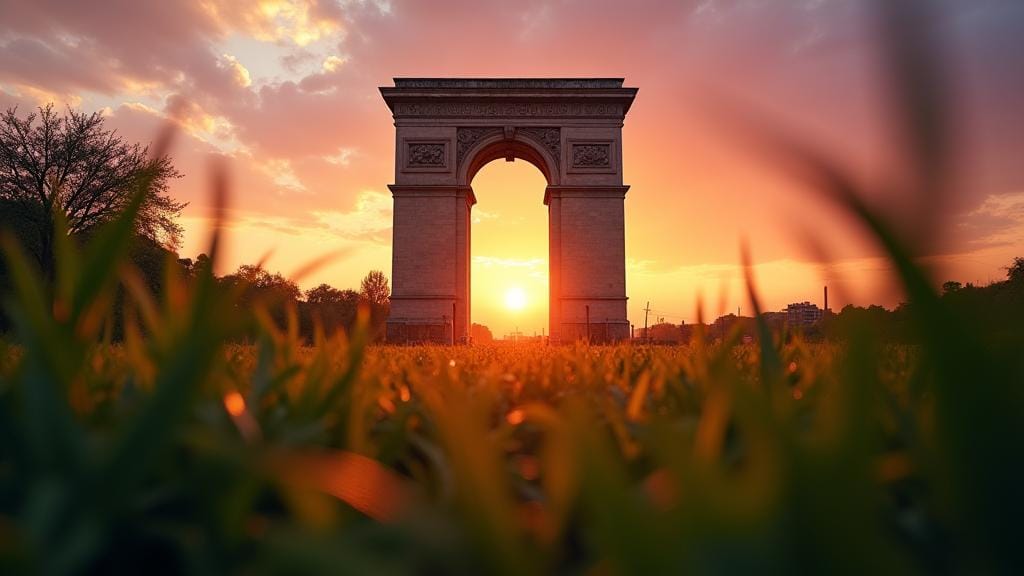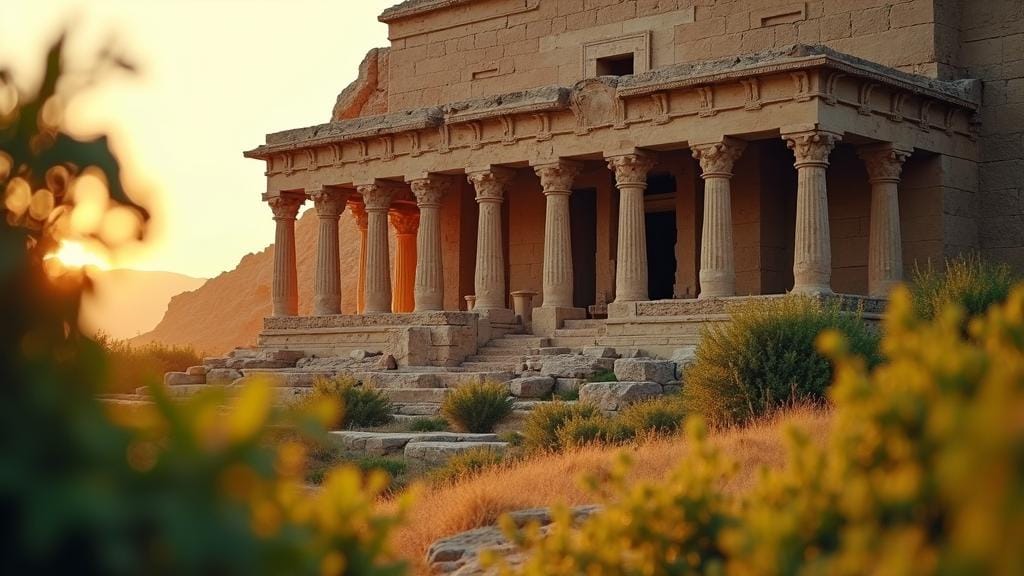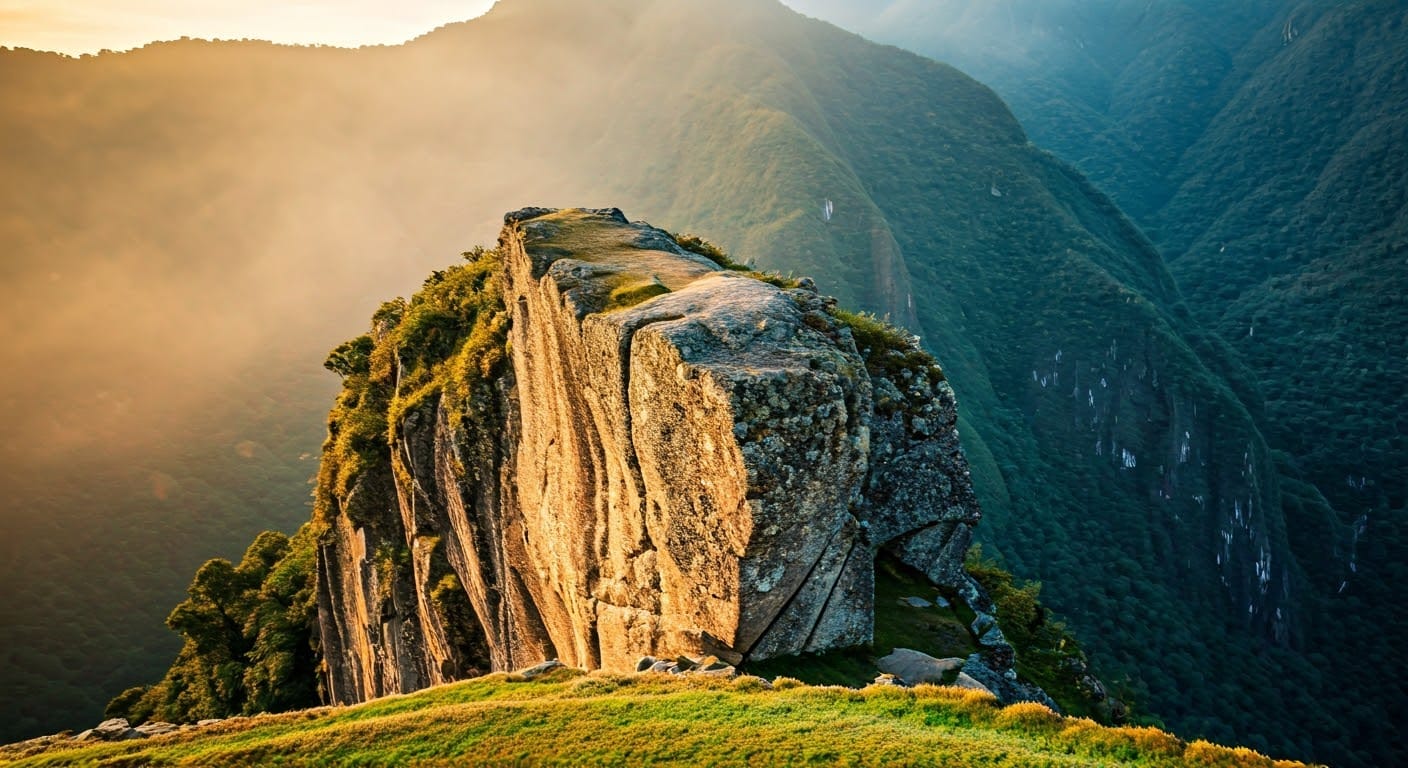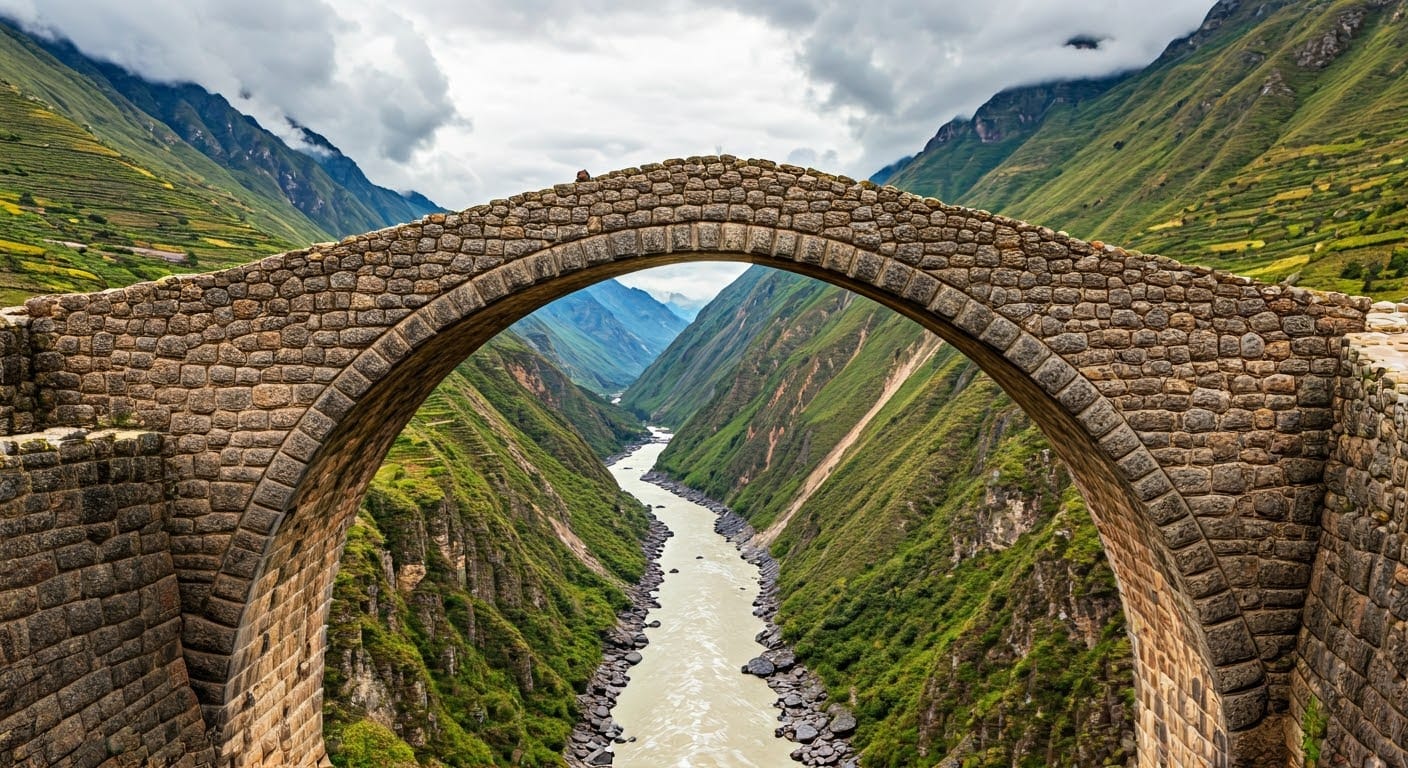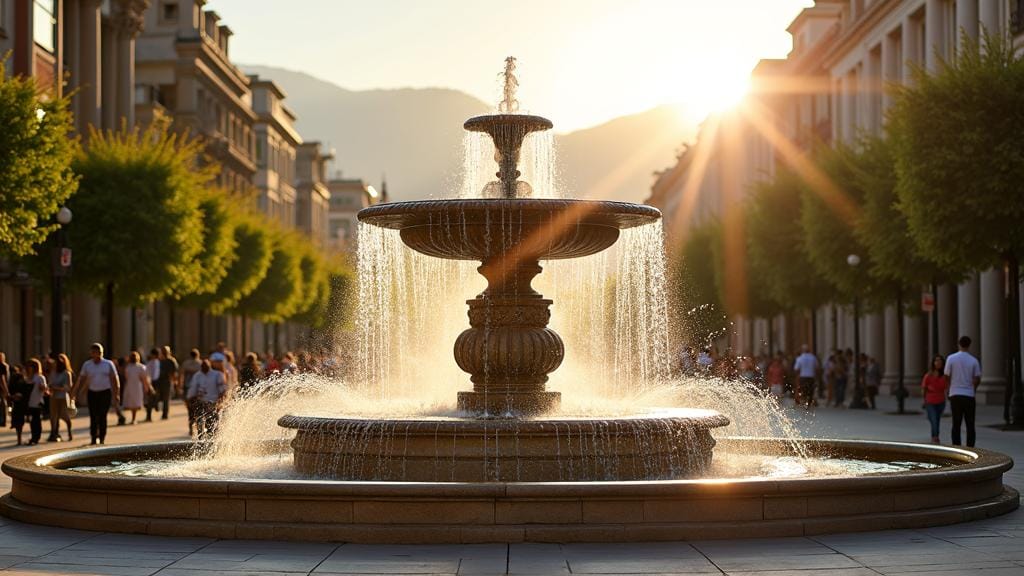Machu Picchu, the “Lost City of the Incas,” stands as one of the most remarkable archaeological sites in the world. Nestled high in the Andes Mountains of Peru, this ancient city continues to captivate historians, archaeologists, and travelers alike. In this comprehensive guide, we will explore Machu Picchu’s history and facts, delving into the mysteries that surround this iconic site.
Machu Picchu is often referred to as one of the New Seven Wonders of the World, and for good reason. Discovered by American historian Hiram Bingham in 1911, Machu Picchu has since become a symbol of the Inca civilization. This section will introduce the historical significance of Machu Picchu, setting the stage for a deeper exploration of its history and facts.
Key Points:
- Machu Picchu’s Global Recognition: Discuss its designation as a UNESCO World Heritage Site and its status as a Wonder of the World.
- The Inca Empire: Brief overview of the Inca Empire and its influence on Machu Picchu’s development.
The Origins of Machu Picchu
The origins of Machu Picchu are shrouded in mystery. Built during the height of the Inca Empire in the 15th century, Machu Picchu’s purpose and construction methods have long been subjects of debate among scholars. This section will explore the theories surrounding its creation, including the role of Inca emperor Pachacuti.
Key Points:
- Construction by Pachacuti: Examination of the theory that Machu Picchu was built as a royal estate for the Inca emperor Pachacuti.
- Architectural Marvels: Detailed description of the construction techniques used to build Machu Picchu, including the use of dry-stone walls.
- Machu Picchu’s Strategic Location: The significance of Machu Picchu’s location in the Andes and its alignment with astronomical events.
The Purpose of Machu Picchu
Why was Machu Picchu built? This question has intrigued historians for over a century. In this section, we’ll explore the various theories about Machu Picchu’s purpose, from a royal retreat to a religious site.
Key Points:
- Royal Estate Theory: The idea that Machu Picchu served as a luxurious estate for the Inca elite.
- Religious and Ceremonial Center: The hypothesis that Machu Picchu was a sacred site for religious ceremonies, including sun worship.
- Agricultural Hub: Discussion of Machu Picchu’s terraces and their role in the agricultural practices of the Incas.
Rediscovery by Hiram Bingham
While Machu Picchu was never truly “lost” to the local indigenous people, its rediscovery by Hiram Bingham in 1911 brought it to international attention. This section will chronicle Bingham’s journey to Machu Picchu and the subsequent impact of his findings.
Key Points:
- Hiram Bingham’s Expedition: The story of Bingham’s exploration and his role in bringing Machu Picchu to the world’s attention.
- Controversies and Debates: The ongoing debates about Bingham’s role in the discovery and the ethical considerations of his actions.
- Machu Picchu in Popular Culture: How Bingham’s discovery influenced global perceptions of Machu Picchu and its place in modern culture.
Architectural Highlights of Machu Picchu
Machu Picchu is renowned for its stunning architecture, which reflects the ingenuity and sophistication of the Inca civilization. In this section, we’ll take a closer look at the key structures within Machu Picchu, each of which tells a part of its story.
Key Points:
- The Intihuatana Stone: The significance of this ritual stone and its role in Inca astronomy.
- The Temple of the Sun: An exploration of the temple’s design and its religious significance.
- The Room of the Three Windows: The architectural and symbolic importance of this structure within Machu Picchu.
- The Agricultural Terraces: How the terraces were engineered to support sustainable farming in the Andean highlands.
Daily Life in Machu Picchu
What was life like in Machu Picchu during its peak? This section will delve into the daily lives of its inhabitants, including their social structure, economy, and cultural practices.
Key Points:
- Social Hierarchy: Understanding the social structure of Machu Picchu, from the ruling class to the laborers.
- Agriculture and Food: The role of agriculture in sustaining Machu Picchu’s population and the types of crops grown on the terraces.
- Religious Practices: Insights into the religious rituals and ceremonies that took place in Machu Picchu.
- Trade and Economy: How Machu Picchu functioned within the larger Inca trade network.
The Abandonment of Machu Picchu
Machu Picchu was abandoned in the 16th century, but the reasons for its abandonment remain a topic of speculation. In this section, we’ll explore the possible causes of Machu Picchu’s decline and eventual desertion.
Key Points:
- The Spanish Conquest: The impact of the Spanish conquest on the Inca Empire and its influence on Machu Picchu’s abandonment.
- Epidemics and Decline: The role of diseases brought by Europeans and other factors that may have led to Machu Picchu’s abandonment.
- Preservation Over Time: How Machu Picchu remained hidden from the outside world for centuries, preserved by its remote location.
Machu Picchu Today: Preservation and Tourism
Today, Machu Picchu is one of the most visited tourist sites in the world. This section will discuss the modern challenges of preserving Machu Picchu while accommodating millions of visitors each year.
Key Points:
- Tourism Impact: The effects of tourism on Machu Picchu, including environmental and cultural concerns.
- Conservation Efforts: The measures taken to preserve Machu Picchu for future generations, including UNESCO’s role.
- Sustainable Tourism: How visitors can experience Machu Picchu responsibly, including tips for minimizing their environmental footprint.
Fascinating Facts About Machu Picchu
Machu Picchu is full of intriguing facts that add to its mystique. In this section, we’ll share some lesser-known facts and interesting tidbits about Machu Picchu.
Key Points:
- Hidden Temples and Secret Rooms: Explore the ongoing discoveries at Machu Picchu, including the potential for hidden chambers.
- Machu Picchu’s Water System: The advanced engineering of Machu Picchu’s water management system.
- The Sacred Geography: How the layout of Machu Picchu is aligned with the surrounding landscape and celestial bodies.
- Machu Picchu’s Unique Flora and Fauna: The rich biodiversity of the area, including rare species found only in the Machu Picchu region.
How to Visit Machu Picchu
For those inspired by Machu Picchu’s history and facts, this section will provide practical information on how to visit Machu Picchu, including travel tips, best times to visit, and what to expect during the journey.
Key Points:
- Getting There: How to reach Machu Picchu, including travel options from Cusco and the famous Inca Trail.
- Best Time to Visit: Advice on the best months to visit Machu Picchu for optimal weather and fewer crowds.
- Tickets and Permits: Information on how to obtain tickets and permits, including the different types of entry passes.
- What to Bring: A checklist of essential items for a visit to Machu Picchu, including clothing, gear, and documents.
Conclusion: The Enduring Legacy of Machu Picchu
Machu Picchu is not just an archaeological site; it’s a symbol of the resilience, ingenuity, and spiritual depth of the Inca civilization. This conclusion will reflect on Machu Picchu’s enduring legacy and why it continues to captivate people from all over the world.
Key Points:
- Machu Picchu as a Cultural Icon: How Machu Picchu represents the pinnacle of Inca culture and its impact on world heritage.
- The Ongoing Mysteries: Why Machu Picchu remains a source of fascination and study for historians and archaeologists.
- Call to Action: Encouraging readers to explore Machu Picchu’s history and facts firsthand by visiting the site or engaging with further resources.
